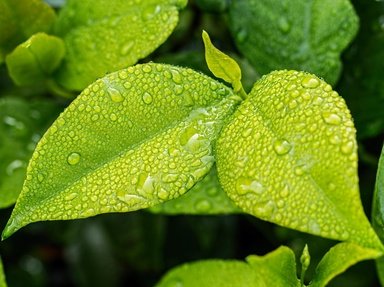Quiz Answer Key and Fun Facts
1. This wildflower has been used to treat dyspepsia, skin eruptions, and hemorrhage, and also a yellow dye and an insect repellent.
2. Algonquin Indians used it as a source of dye and applied it to their bodies and faces as ceremonial paint.
3. The ancient Indians of Mexico and Texas called these soft cacti 'mezcal'.
4. This flower got its name because it was a dietary staple of the forty-niners in California's gold rush days.
5. The roots of this plant were the original source of the gummy confection now made from sugar, gelatin, and other ingredients.
6. Growing almost everywhere in the world where fresh water runs, its leaves and stems are prized for salads and fresh greens.
7. To which group do Fivefingers belong?
8. To which group does the Texas Bluebonnet belong?
9. Which type of clover is the state flower of Vermont?
10. Both the Chinese and Native American word for this plant mean 'manlike'.
11. The world's only species of this wildflower appears to be a tennis ball half-buried in the sand, covered in tiny purple flowers.
12. The scaly stems of these members of the cancerroot family look somewhat like clusters of pine cones standing on end.
13. The dry fruits of this plant are often called devil's claws.
14. This flower's name is from the Greek word for star.
15. Which group does the Black-eyed Susan belong to?
16. This wildflower contains a chemical that speeds the formation of blood clots.
17. These are sometimes called wild opium because the milky sap of the older leaves resembles that of the Opium Poppy?.
18. In fall and winter, the starchy rhizomes of this plant can be peeled and cooked like potatoes or dried and pounded into flour.
19. So intense is the heat generated within the developing floral sheath of this plant in late winter that it thaws the frozen earth and melts a circle in the snow.
20. These plants attach themselves to trees for support but take no direct nourishment form their hosts.
21. Several of this species were once used to ease chills, fevers, and the pains of colic.
22. Before the Mormon pioneers succeeded in making the desert around the Great Salt Lake productive, they lived in part on the bulbs of these lilies.
23. The fragrant flowers of this wildflower nestle at ground level, amid a rosette of grasslike leaves.
24. Except for a yellow spot on the lip of each flower, this group's one species is ghostly white.
25. In the center of each blossom is a structure that looks like a salt shaker.
Source: Author
Morrigan716
This quiz was reviewed by FunTrivia editor
crisw before going online.
Any errors found in FunTrivia content are routinely corrected through our feedback system.

